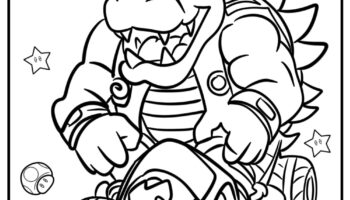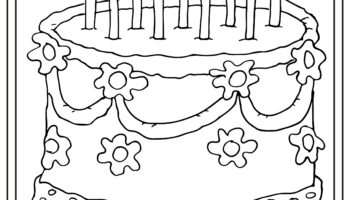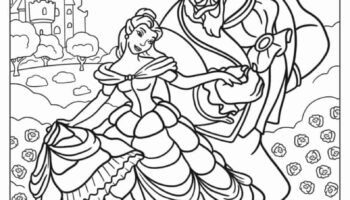Miniaturized architectural replicas, designed for production using 3D printing technologies, represent structures at a significantly reduced scale. These scaled-down versions of edifices, often employing additive manufacturing processes, enable the creation of detailed physical representations ranging from individual homes to components of cityscapes.
The creation of these scaled models provides several advantages. Prototyping for architectural designs becomes more accessible and cost-effective. Educational tools benefit from the tangible representation of structural concepts. Furthermore, hobbyists and model enthusiasts gain the ability to produce personalized and intricate architectural creations. Historically, constructing miniature buildings required laborious manual techniques. The advent of digital design and additive manufacturing has streamlined the production process and increased the level of achievable detail.
The following sections will delve into the specifics of design considerations, printing methodologies, material choices, and potential applications within this rapidly evolving field. These aspects are critical for maximizing the efficiency and realism of the resulting physical objects.









